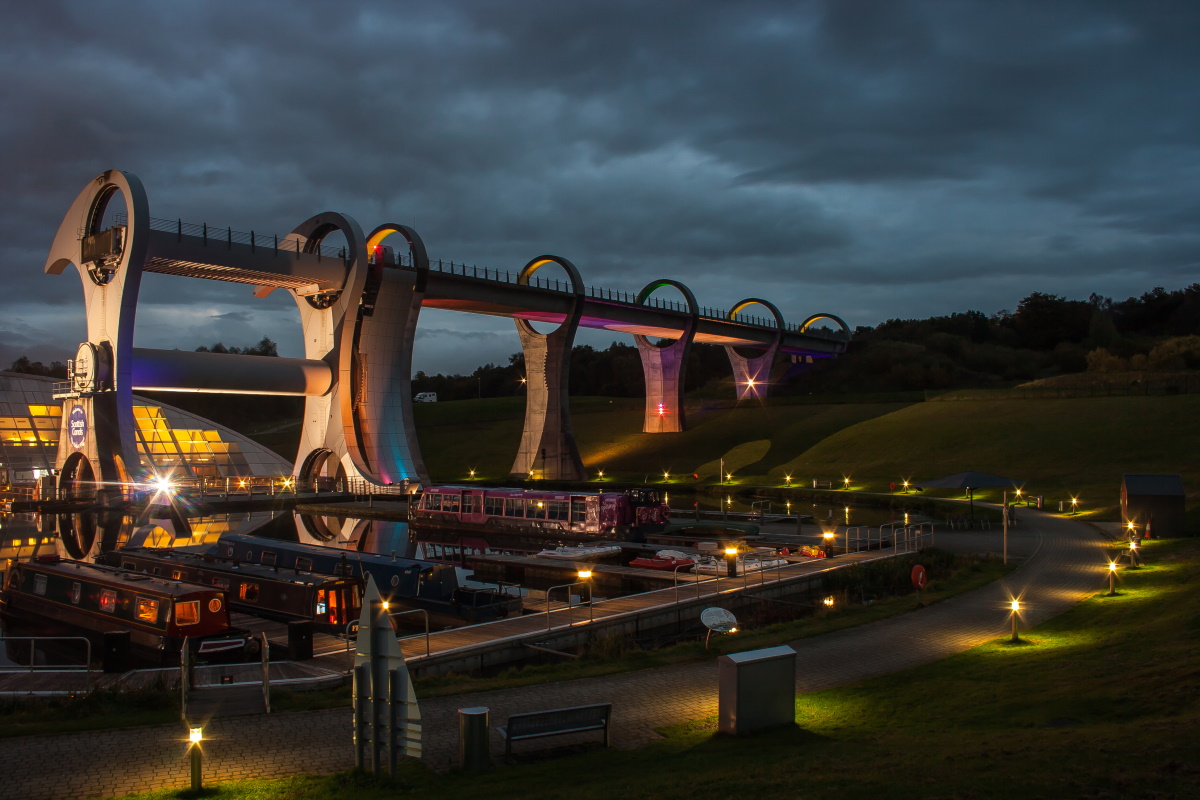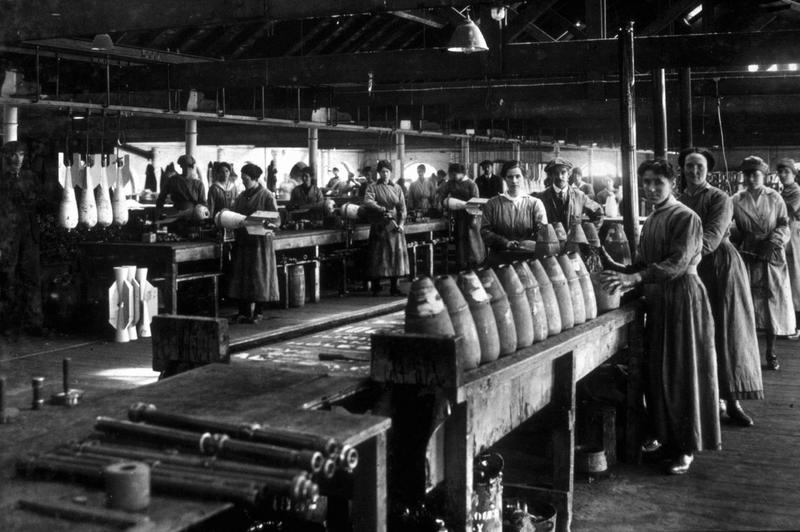Coal mining, until its eventual decline, was at the heart of heavy industry, fuelling the fires of factories and ironworks all over the country. This was particularly true in the Falkirk District, where mining played a vital role in the majority of towns and villages in the area. For the people in these towns, the mines were a central aspect of everyday life, and played a significant role in the community. Many children were put to work in the pits until the mid-1800s and had to work in dreary and dangerous conditions from an incredibly young age.
Coal mining, until its eventual decline, was at the heart of heavy industry, fuelling the fires of factories and ironworks all over the country. This was particularly true in the Falkirk District, where mining played a vital role in the majority of towns and villages in the area. For the people in these towns, the mines were a central aspect of everyday life, and played a significant role in the community. Many children were put to work in the pits until the mid-1800s and had to work in dreary and dangerous conditions from an incredibly young age. The accounts given by children working in the Falkirk district pits are harrowing, with 7 year old David Guy stating that after his shift in the mines, he could ‘hardly get up the stair-pit when work is done’. Those a little older were expected to work gruelling 13 hour shifts, often starting work in the early hours of the morning.
After the Mines and Collieries Act was introduced in 1842, women, and children under the age of 10, were officially banned from working in mines, but the impact that the mines had on local children’s lives still remained. Although they could no longer be made to go down into the pits, young girls and women were often still employed to work at the ‘pit heid’ to pick out any unwanted stones from the coal that had been mined. Many coal mines in Scotland would have women employed to do this job, including pits all over the Falkirk district, such as the Redding Colliery. You can see their ‘pit heid’ workers pictured in Figure 1, below. In an oral history recorded in Carronshore in 1990, Christina Laird recalls how her sister did this job and how it was a common job for women at the time, stating that it was almost like a conveyor belt process when all the women were there.
As dark and lifeless as the pits may seem, for children, they had evolved over the years from a place of hardship and labour, to a place that could provide fun even in the gloomy war time periods.
fields['text']) echo $section->fields['text']; ?>
the years the role that the mines played in people’s childhoods changed. Although they were still a source of pain and anxiety, with fears of pit disasters and fathers and brothers not returning home, the mines also began to provide amusement and joy in unexpected ways. The bings of the pits (piles of waste removed from the pits) were key to this. Christina recalls that she used to play on them with oher children, using metal trays to slide down their steep slopes. As well as providing makeshift playgrounds, the bings were also useful to children in other ways. Christina said that during the First World War, when coal shortages were widespread, she would scour the heaps with her friends for small bits of coal to help tide their households over. As dark and lifeless as the pits may seem, for children, they had evolved over the years from a place of hardship and labour, to a place that could provide fun even during the war.
Even though the pits of the Falkirk District have long since closed, mining continues to have an impact on children living in the district today. Along with the fact that many of them will have had relatives who worked in the pits, popular contemporary events such as the Free Colliers Walk in Redding, and the Bo’ness Fair, were also created by mining communities, meaning that the impact of the mines will remain in the Falkirk District, and be remembered for a long time to come.

